SaaS companies come and SaaS companies go.
I watch closely. Sometimes from the outside. Sometimes from within.
The death rate of SaaS companies can be discouraging, but on the other hand, the long and growing list of mega-success stories in the software subscription business is downright inspiring. The continued growth of the industry is too…
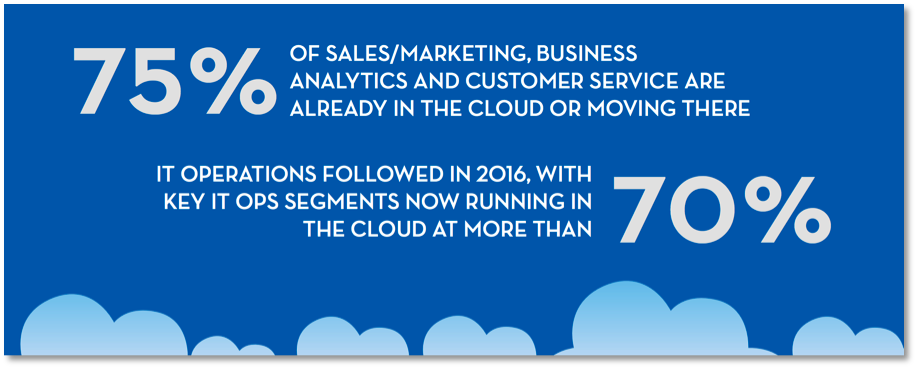
Source: Trends in SaaS for Enterprise IT
Contents hideThe overall SaaS market will reach $164.29 billion by 2022.
Source: Transparency Market Research
So what’s the difference between the movers and shakers of the cloud wars and the dearly departed? Well, I sit (virtually, that is) in their marketing departments, so from my point of view, the answer is the marketing tools they choose and the tactics they use.
Most of my clients are SaaS companies. Most offer B2B platforms. Staying on top of effective B2B SaaS marketing strategy is critical to my business. If you can say the same, this post’s for you.
1. Identify your ideal customer
Many companies fail to identify their ideal customers and understand their needs. You need to. Start by creating personas to characterize your customer.
- What’s his or her profession?
- What’s his or her position in the company?
- What problems does he or she face?
Dig into the process:
- Interview customers.
- Survey prospects.
- Pick the brains of the people in your company with customer-facing roles.
- Sort through the data in your CRM.
- Examine social mentions, user reviews, feedback, and queries.
The idea is to uncover characteristics and behavioral patterns that can help you create a realistic persona—or several.
2. Think inbound
Accomplished SaaS companies differentiate themselves and achieve growth by embracing inbound marketing.
HubSpot defines “inbound marketing” as an approach focused on attracting customers through content and interactions that are relevant and helpful—not interruptive. With inbound marketing, potential customers find you through channels like blogs, search engines, and social media. Inbound marketing enables SaaS marketers to:
- Lower cost of customer acquisition
- Increase the lifetime value of customers
- Increase conversion and retention
- Establish authority
Effective inbound marketers embrace content marketing and view their brand as a publisher. They define an editorial strategy that creates ongoing value for target audiences.
A blog is often the foundation of your content. Your business blog and content should focus on addressing customer pain points at each stage.
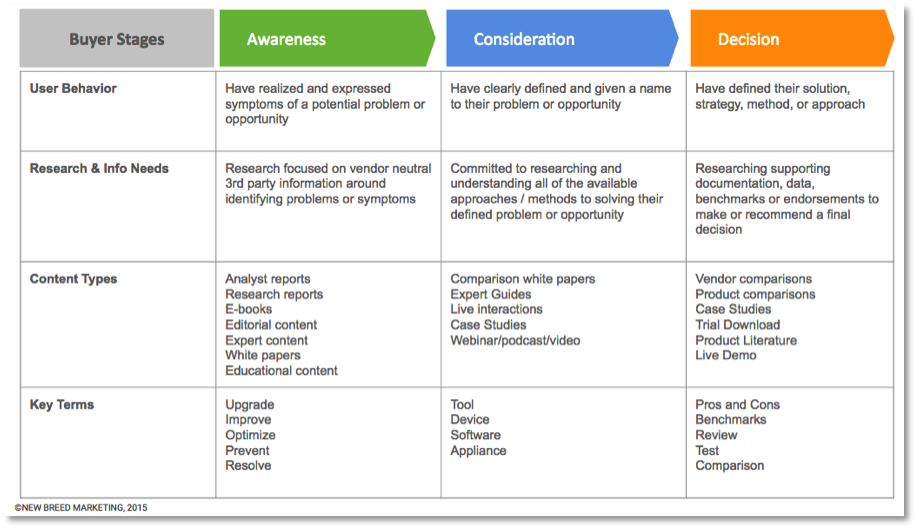
It’s important to examine the decision-making process as a series of stages and create content to satisfy the needs across the board (or down the funnel). The content you’ll create for someone in the awareness phase is different than what you’ll need for subsequent consideration and decision phases. Research and document exactly what this looks like for your customers (as shown above).
3. Buy traffic
Drive targeted traffic to your website with pay-per-click (PPC) advertising. Some of the popular and proven methods for doing so include:
- Google AdWords
Here’s a guide to getting started with AdWords. - Retargeting (Or remarketing)
Your ads are served to browsers who have been on your site—after they’ve moved on. - Paid social media ads
Including—but not limited to—Facebook, Instagram, LinkedIn, and Pinterest.
4. Make hyper-focused landing pages
You’ll make your ads, social media campaigns, and other traffic-generating strategies more effective when your offers are tied to the channel and topic that drove the click.
Consider the stages of the buyer journey and create landing pages with offers and content that are optimized for conversion. Here are copywriting tips for landing pages and 11 tips to increase conversion.
5. Publish lead magnets
Build an email list, generate leads, and position yourself as an authority, by creating ebooks and white papers to serve as cornerstone content for your most prominent B2B SaaS marketing campaigns.
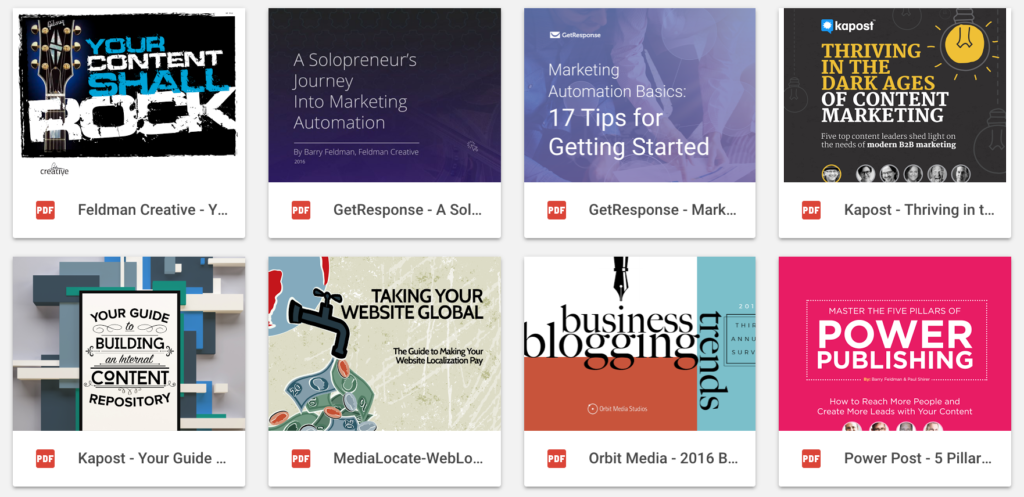
Above are examples of lead magnets created by (and in some cases, for) Feldman Creative. Many of them were the basis for blog posts, emails, infographics, webinars, social media posts and more.
6. Create industry research reports
Publishing original research is one of the most effective tactics you can use to position your brand as an industry leader and earn media mentions and backlinks.
Your options to create industry research are many:
- Conduct surveys with your customers and target market
- Use data collected by your web properties
- Partner with an association or complementary brand
- Find published reports and repurpose the most relevant data for your audience

7. Create vertical market content
Analyze your customer data to identify the most lucrative vertical markets you serve. Then, create and promote a market-specific report or some form of downloadable content specifically for the top verticals.
8. Create comparison content
Your potential buyers are using search and the various web-based tools at their fingertips to compare your brand to your competition. X vs. Y is an amazingly popular search and if your content appears in the search engine results, you’re bound to generate traffic, leads and sales.
Create the comparison content. Be fair. Optimize it for Google searches containing “vs.”
Another effective approach for accomplishing this strategy is to create a buying guide for your niche profiling your solution and competitors.
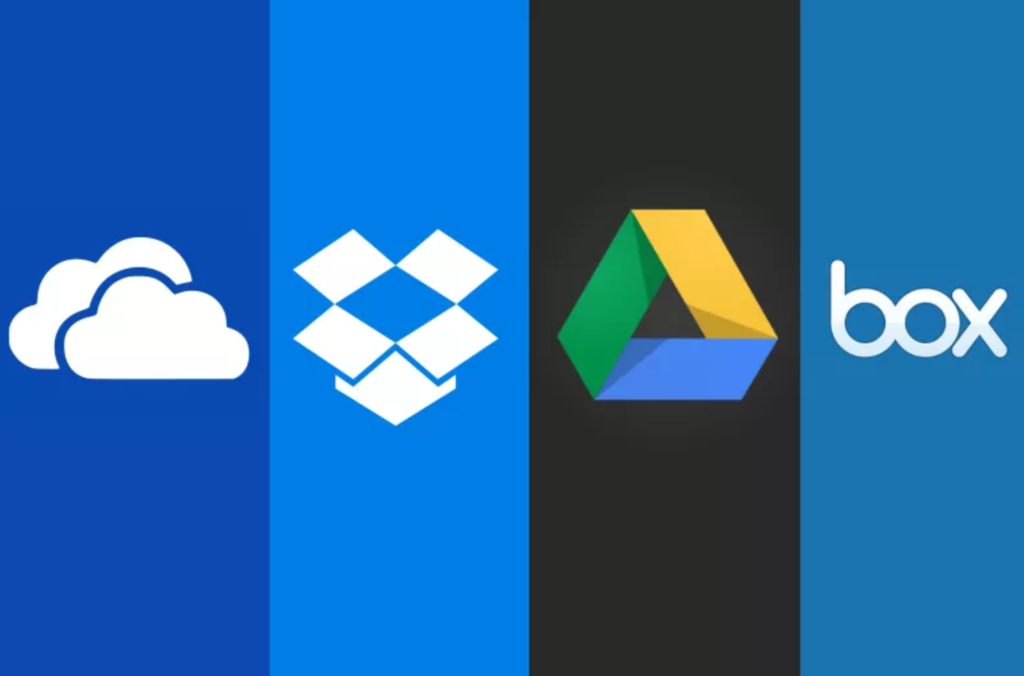
A buying guide for selecting cloud storage solutions compares OneDrive, Dropbox, Google Drive and Box. However, I got it from CNet, so it’s a missed opportunity for the cloud storage companies who could have become my resource instead.
9. Answer relevant questions
You want to be the leading answer source for questions your prospects ask. So you need to gather and list the questions and create content that answers them.
Find out what questions are asked via chat, calls or however you field questions. And, of course, talk to your sales and support teams.
Review what’s searched on your website. Research the questions asked via search engines. You might also use social media, especially Q&A sites (such as Quora) and forums, to uncover the questions that need to be answered.
Here’s a guide to perfecting this strategy, which I’ve titled, The Most Effective Content Marketing Tip Ever.
10. Create a content hub
I’ve covered a lot of content marketing strategies, not all of them are strictly blog posts. And I haven’t even got to case studies, videos, and some other popular branded content types.
Make it easy for customers and prospects to locate, preview and download your content by creating a content hub or resources page.
Certify nicely organizes a variety of content on a hub page to help visitors find whatever type of content they’re interest in.
11. Contribute guest posts
Unsurprisingly, it’s not easy to earn a good-size audience by publishing blog posts on your website. The competition is immense and the media noise is infinite.
The solution is to seek and snag guest post opportunities. Simply put, bring your conent to where your audience already is. Identify the most reputable and well-read online publications in your field and contact their editors with:
- A compelling idea (or several) for a post
- An outline, sampling or a complete article
- An brief explanation of why your contribution will be of value
- Links to your best written work
- Your credentials
In some cases, you may have to dig into the website or LinkedIn to find the right editor to contact. However, in many instances, it’s easier than that because if you search you’ll find many blogs solicit guest posts and publish guidelines for submitting your ideas or work.
Often, when your guest posts are hits, editors may like the idea of having you become a regular contributor or even allow you to syndicate previously published content on their website.
You’ll find one of the web’s most comprehensive guides to getting started with guest blogging here.
12. Create infographics
Neil Patel wrote, “Infographics are one of the most compelling pieces of content you can create.” How right he is.
Infographics are great branding tools for many reasons. Great infographics will:
- Attract readers
- Get shared like crazy
- Get republished on other websites and blog to help build your brand
- Open doors for guest blogging opportunities
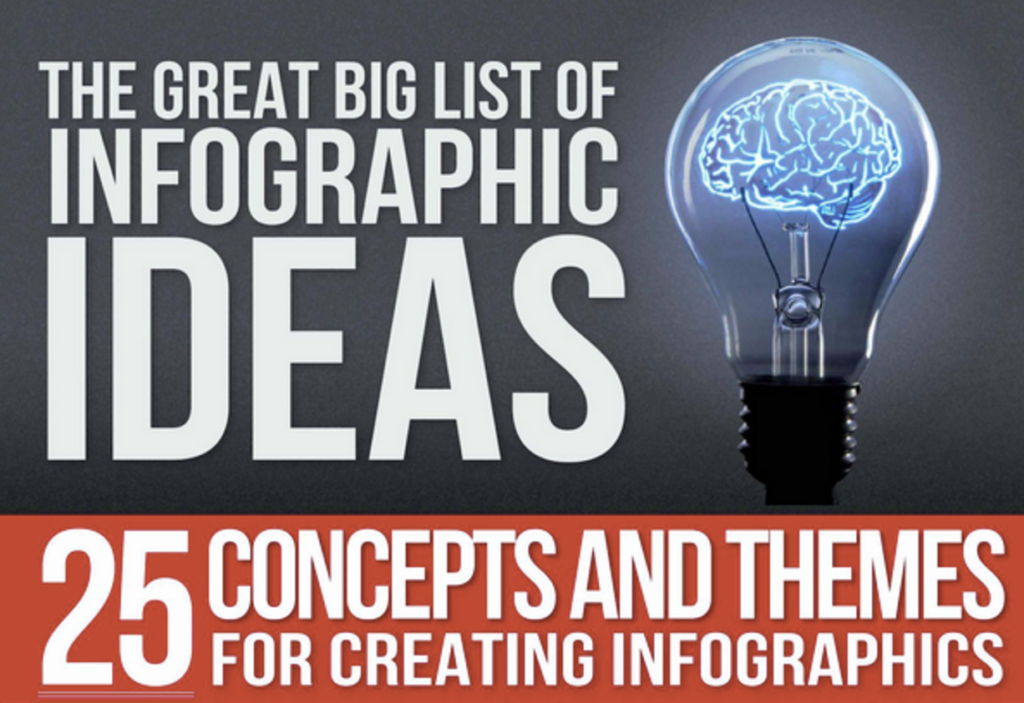
I created a great big list of infographic ideas to help you get started. Yes, it’s an infographic.
Of course, simply publishing content is not enough. You need to promote it.
Therefore it’s essential to create and maintain a strong presence on social media. You can organically reach your ideal customers with valuable content, and, as mentioned earlier, buy social media ads to promote your strongest posts.
Stay on top of the social media networks you choose to use and follow through daily. SaaS companies that gain little or no value in social media often neglect or abandon their profiles.
Listen to what’s said about your brand and platform. Any mentions of your company—good or bad—call for a response.
Resist the urge to constantly pitch you wares on social. Follow your customers and invite them to converse, exchange ideas, and share. Show them you care about them as people.
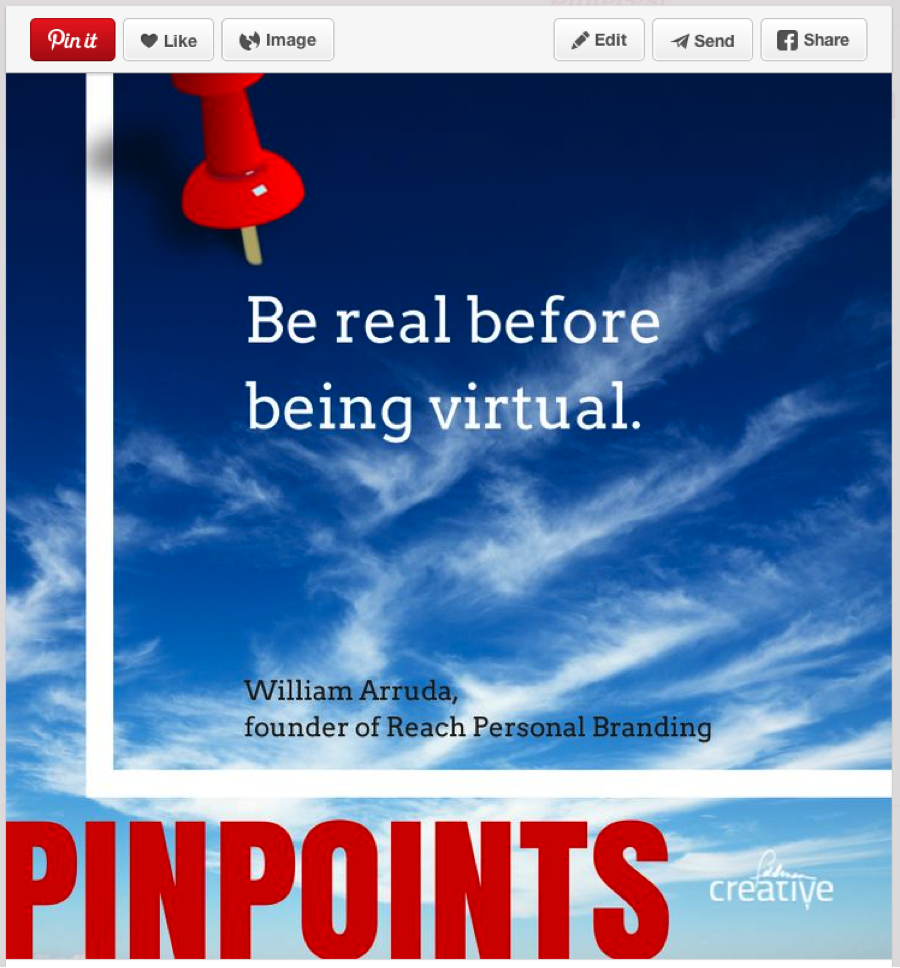
“Be real before being virtual” is one of many great tips from The Absolute Beginner’s Guide to Social Media Marketing.
14. Invite customers to interact
Interactive content: it’s big and getting bigger. Why? It’s a win-win.
- Prospects may learn, win, and have fun and share.
- SaaS marketers draw prospects closer to their brand and can capture meaningful data about them.
Interactive content also helps your brand by inspiring user-generated content, which can be used in a variety of ways. ShortStack provides a platform that makes it easy to create interactive content including:
- Contests
- Giveaways
- Quizzes
- Assessments
These are just a few examples. Calculators or any type of online tool are powerful too. I cover nine types of interactive content in this post.
15. Optimize for conversion
Create conversion points all across your website.
- In your home page header, or somewhere near the top of the page, you can include opt-in forms and present calls-to-action for a free trial, demonstration, video, and more.
- Your website’s footer can feature a contact form, email opt-in, and additional offers.
- Your blog should feature conversion-focused items in sidebars, at the conclusion of posts and/or in relevant links.
- Landing pages, as we covered earlier, should be designed to feature specific offers to meet the needs of specific visitors.
- Present opt-in forms for relevant offers via pop-ups, slide-ins or even “welcome mat” style pages and exit intent offers.
Get started by using Google Analytics to identify pages and posts that get the most traffic and make sure there are strong calls to action on them.
Keep in mind, the key to conversion rate optimization (CRO) is providing clear and contextually relevant next steps for visitors to take. It’s also important to test and optimize your messaging, calls-to-action, and design.
16. Offer live chat
Why not try to engage visitors and answer their questions the moment they arrive on your website? You can do by integrating a live chat feature. No need to be pushy. Simply make the feature available, make on attempt to start a conversion, and of course, enable visitors to instantly close the chat if they want.
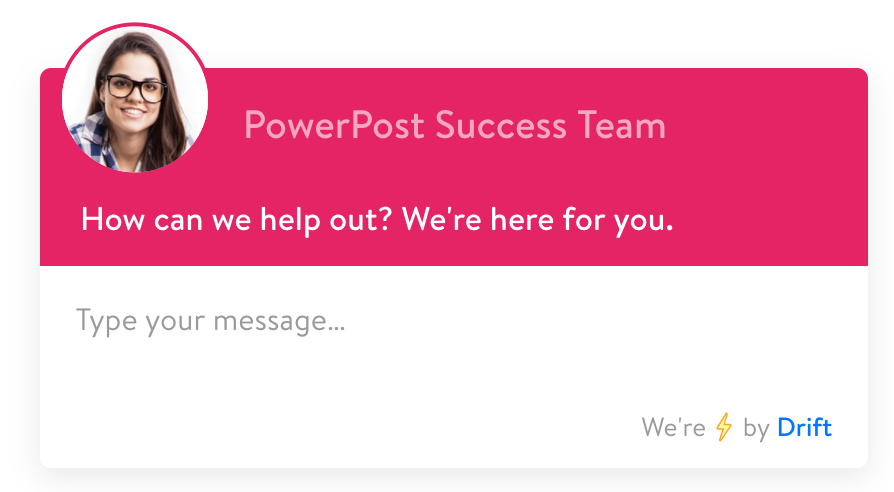
17. Offer live Q&As
Consider offering video chats with in-house experts or industry experts at regular intervals. The video conference service Zoom, which I’m a big fan of, makes it easy to conduct live Q&As.
18. Stand up and speak
Clearly, public speaking isn’t for everyone. However, having one or more experts from within your company speaking at industry conferences, MeetUps, or local events is a major opportunity to position your company as a leader in its field.
If the CEO or CMO of your company doesn’t love the idea of taking the podium, you might find someone in your company—or affiliated with it—to become a brand ambassador.
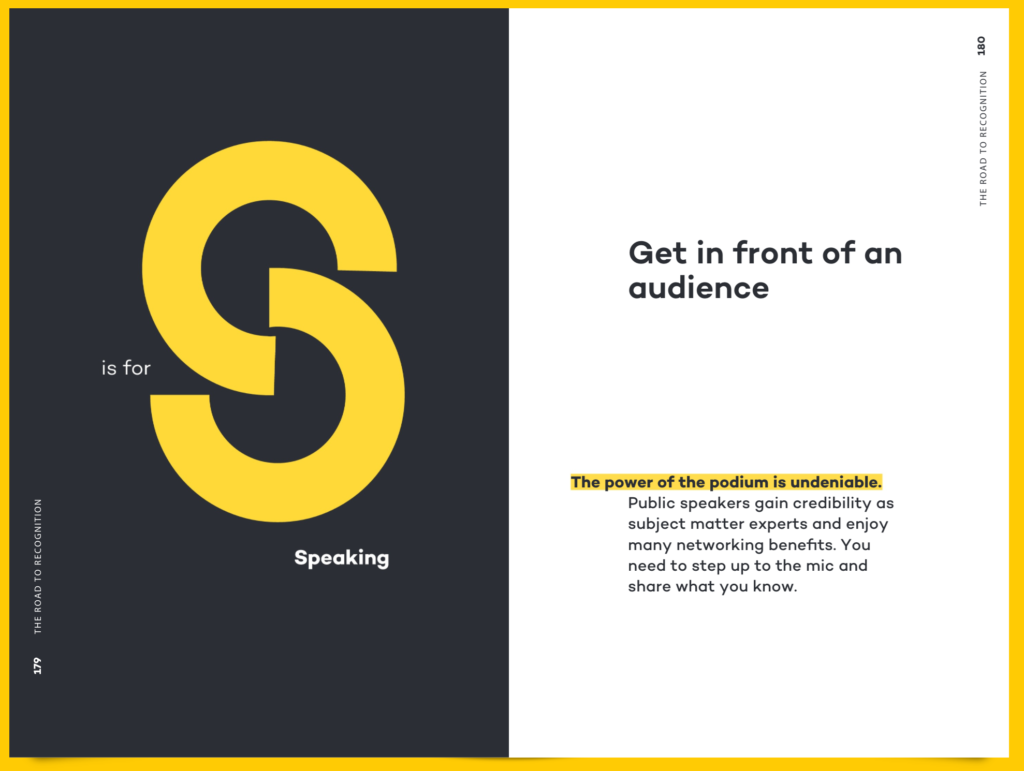
“S is for Speaking” is a chapter from my book The Road to Recognition. The book’s crammed with helpful advice for those that want to build their personal brand, which is a powerful strategy for leaders of SaaS companies.
19. Publish a book
The self-publishing revolution is in full gear. You may want to join it. Publishing a book may be the ultimate way to establish yourself as a leader and expert industry resource.
If finding the time to write a 200-page book sounds crazy impossible, consider some approaches to make it a more manageable task:
- Create a series of blog posts that will be “bound” together as a book.
- Dictate your thoughts into a recorder and work with a professional editor.
- Hire a ghostwriter.
- Collaborate with other industry leaders to “crowd source” a book.
- Write a booklet or shorter book, which can be a quick read.
20. Host webinars
Webinars will generate new leads and nurture existing ones. Your use of webinars will help you:
- Qualify leads,
- Teach valuable lessons relevant to your platform,
- Showcase success stories,
- Survey and poll participants.
- Answer questions.
- Make offers.
- Lower sales costs.
The speaker or speaking panel for your webinars might simply be appropriate experts within your company; however, you should consider featuring guest presenters that can offer valuable lessons. I’m proud to tell you I’ve been asked to be a guest presenter for GetResponse, Kissmetrics, and Buzzsumo, LeadSquared and many more SaaS companies.
21. Target review sites
70% of Americans say they read product reviews before making a purchase, according to a Google report. The purchase of SaaS platforms is no exception.
Early in the process, software buyers are bound to conduct due diligence on review sites that collate and review SaaS offerings. Make sure to target software review sites such as Capterra and G2Crowd. Send the editorial team all the information they need and encourage customers to review and rate your service.
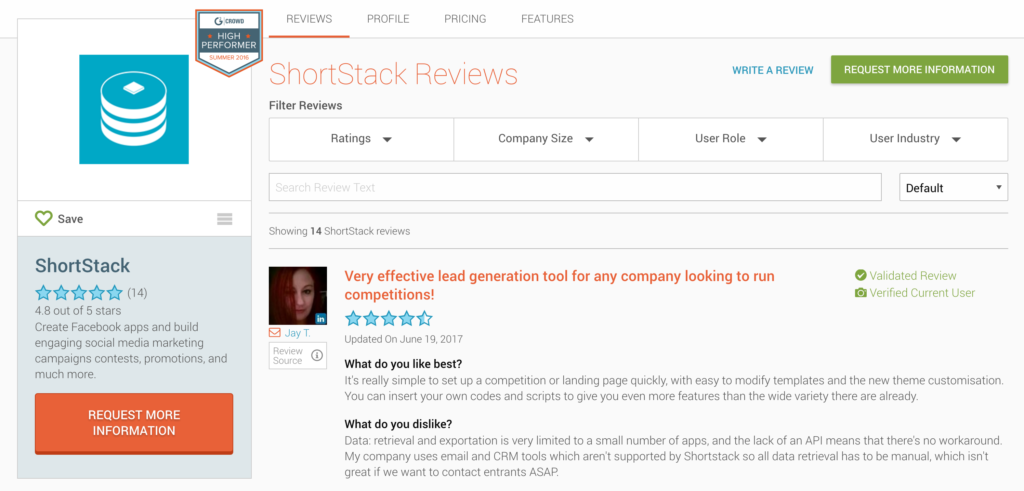
“G2 Crowd has quickly become a staple for both our marketing and sales programs. The marketing department is able to leverage G2 Crowd as a key component in their word-of-mouth branding and content marketing efforts for driving leads, and the sales department is able to use G2 Crowd to educate buyers.”
~ Heath MacArthur, Vice President of Sales and Marketing at Certify
22. Deliver amazing service and support
SaaS is an abbreviation for “Software as a Service.” Note the fourth word.
Your SaaS platform may or may not win every feature shootout or close more deals based on price. But you can—and should—win customers over by delivering the best service and support in your niche.
- Make it easy to get one-on-one help via phone.
- Arm your Twitter account for quick response support.
- Answer email support inquiries fast.
- Create the best help section or user forum in your field.
- Create helpful content continuously.
Your customers are not only going to appreciate the support they get; they’ll talk about it. They’ll also stick around, renew, and buy more. A Zendesk survey claims 62% of B2B customers bought more after experiencing good customer service.
“The principles of good customer service don’t really change in social. Make it as easy and pleasant for your customers to do business with you and give them a reason to be so happy that they’ll tell their friends about you.”
“What changes most is speed. Compared to email, where most customer are happy to wait up to 24 hours for a response, 32% of social users expect a response within 30 minutes, and 42% expect a response within an hour. So if you’re going to invest in social customer service—and the research suggests that you probably should—understand that your customers expect you to be quick.”
~ Len Markidan, head of marketing, Groove
23. Automate and nurture leads
When your website begins to generate leads, your next task is to move them “down the funnel.”
Marketing automation makes the process more efficient and effective. Your marketing automation platform will help you learn more about your leads and how they interact with your business.
Using automation for lead nurturing will help you create a lead scoring system and increase the rate at which you convert prospects to customers.
You’ll want to setup workflows for:
- Welcoming new prospects
- Welcoming new customers (iser onboarding, getting started tips, etc.)
- Recognizing milestones
- Offering upsells and announcing special offers
- Offering premium content
- Encouraging renewals
- Satisfaction surveys
- Addressing expired trials and dormant accounts
24. Get serious about sales enablement
A modern, and important, B2B SaaS marketing strategy goes by the clunky name of sales enablement.
Sales enablement is marketers supporting salespeople with the content, tools, technology, training, and analytics they need to build relationships and win business.
“The glue between sales and marketing, sales enablement helps measure the effectiveness of content assets, messaging, and collateral that are sent to buyers,” writes social selling expert Jamie Shanks of SalesforLife. “There is a significant uplift with organizations that have solidified this alignment.”
Jamie examines how best-in-class sales enablement teams operate, and shares Aberdeen Group research that finds companies with a sales enablement content strategy in place excelled at creating a reliable pipeline with higher revenues.
The research found best-in-class sales-enabled companies:
- Outperformed the competition, on average, generating twice as much total company revenue
- Earned twice the average deal size
- Massively outperform their competitors in lead conversion
25. Get your marketing stack together
I don’t want to extend this marathon post with a long list of marketing technology solutions. Suffice to say, it’s critical to get your core marketing technology solutions together, including, at a minimum:
- Content management system (CMS)
- Customer relationship management (CRM)
- Marketing automation
- Website analytics
- Social media management
26. Invest in marketing
According to research from Mathew Sweezey of Salesforce, published on SlideShare, high performer are increasing digital marketing spend 70% and budgets will double in all areas within three years.
Executives have to “buy in,” figuratively and literally. I don’t have a precise formula to force on you, but Matthew has all kinds of great ideas. Be sure to check out slide #26 to see the range of investments it takes to (1) maintain branding, (2) fall within the average range, or (3) achieve fast growth.
Author, keynote speaker, and principal of marketing insights at Salesforce
27. Measure, measure and measure some more
You must be committed to a perpetual measure and refine process. The faster you’re able to discover what does and doesn’t work, the faster you’ll grow your business.
Matthew Buckley of New Breed, puts it nicely in 3 Keys to a Data-Driven Marketing Strategy. He proposes to follow the scientific method:
- Start with the data.
- Ask a question of what information you have available to you.
- Construct a hypothesis.
- Test with an experiment.
- Confirm the test/procedure worked as planned.
- Analyze the data and draw conclusions.
- Present results and determine the next steps.
Paul Roetzer, of PR 20/20, says it elegantly…
“The most successful content marketers turn data into intelligence, intelligence into action, and action into measurable outcomes.”

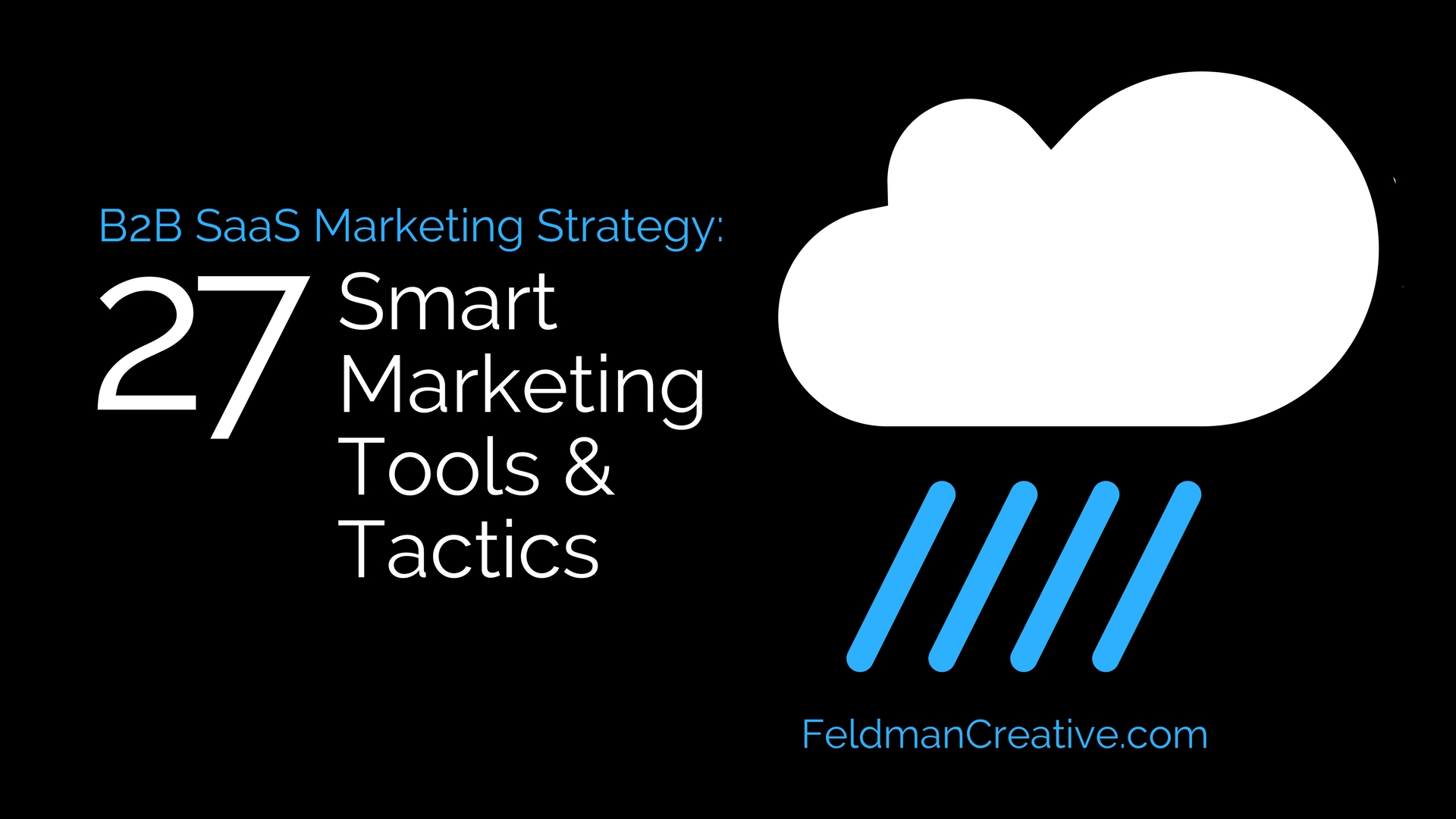

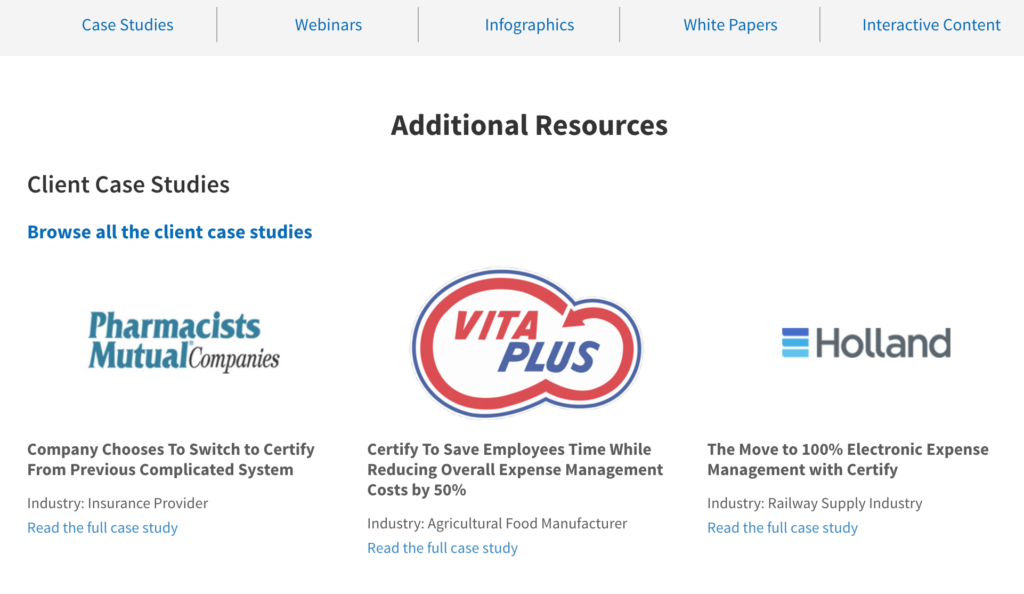

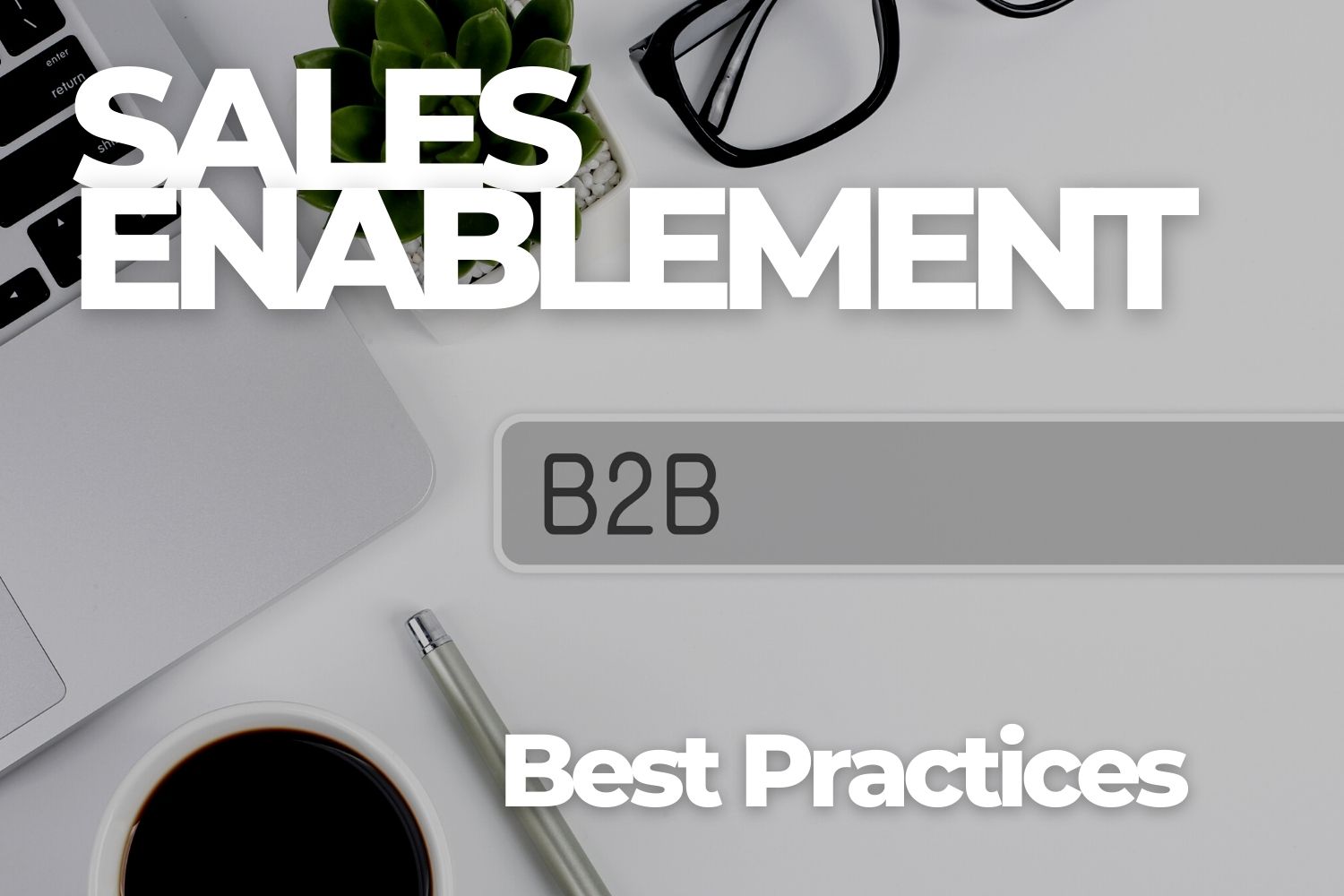


Comments
Stefan Debois
28. Reach out to writers who have mentioned one of your competitors
& give them a good reason to mention you in their article and/or in future articles -> using this method in a systematic way, we send about 100 to 150 emails per month and get +/- 5 backlinks, along with some secondary benefits (e.g. guest blog opportunities, new prospects,…)
It would be nice to have an idea of the quantitative results of each of these tactics – but it is a great list otherwise!
Barry Feldman
I don’t love this approach. I think it can do more harm than good. That said, you may do it better than most. I think you might reach out to those you have forged relationships with. The “dropping into your inbox to beg for links” thing turns me off in a big way. I delete those emails daily.
Stefan Debois
I appreciate your opinion Barry – we try to position our product in a way that adds value to the article, and we found that this is working very well
Tyler
Thanks for the great tips. I’m just starting with GetResponse’s marketing automation. I’m still considering webinars, but I think it’s not the right time.
Judy Caroll
Nice blog! What matter most to your growth is revenue. It doesn’t make a difference what kind of business you are running and if it’s big/small. If you want it to grow, you cannot ignore your ROI for long. It’s one of those digital marketing metrics that will decide whether your campaign is a raging success or a downright failure. Monitoring metrics that actually help you increase your revenues overtime should be your topmost priority. Keep posting!
Top 3 B2B Marketing Tips for SaaS – b2bmarketer.net
[…] business blog should have content that successfully satisfies customer needs during awareness, consi… that lead to a successful purchase (Feldman, […]
SEO
Excellent article. I really appreciate the way you have explained the things in your post. This post sounds very useful for me in coming days. I’ll definitely follow the mentioned content strategies.